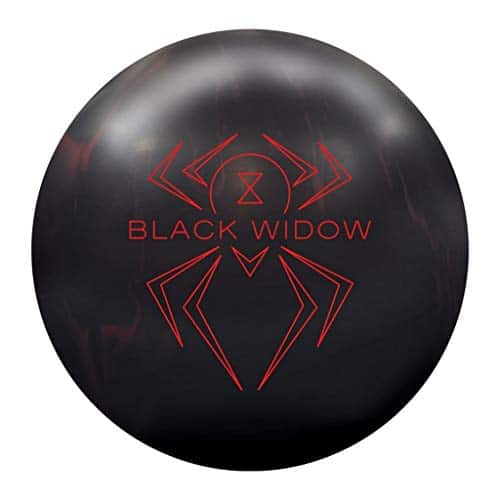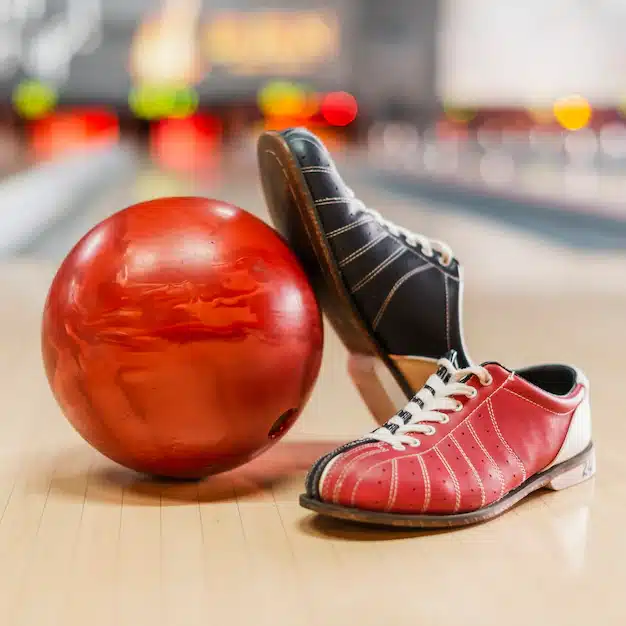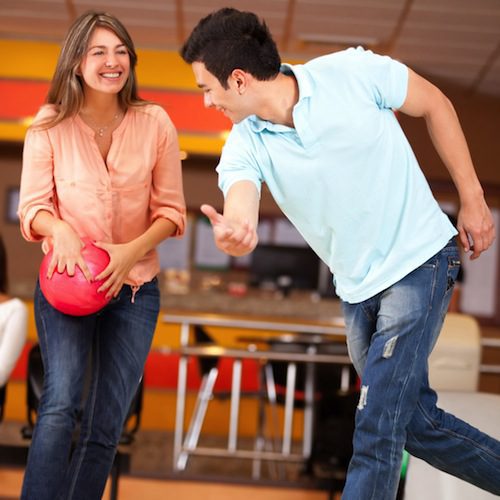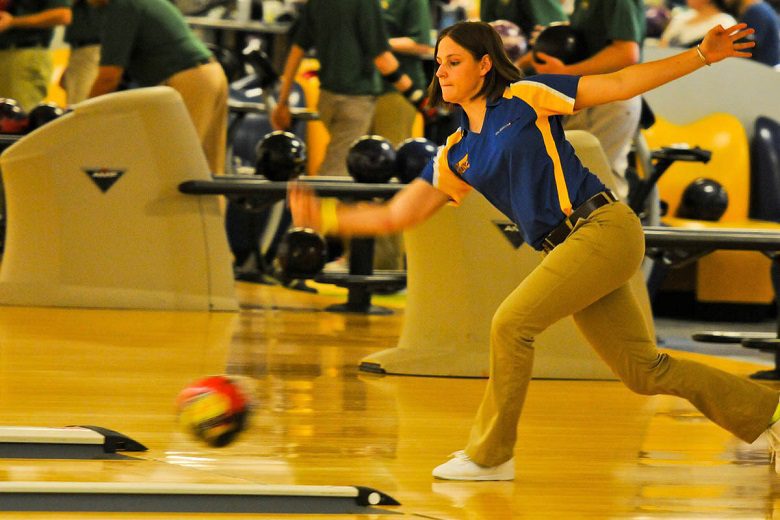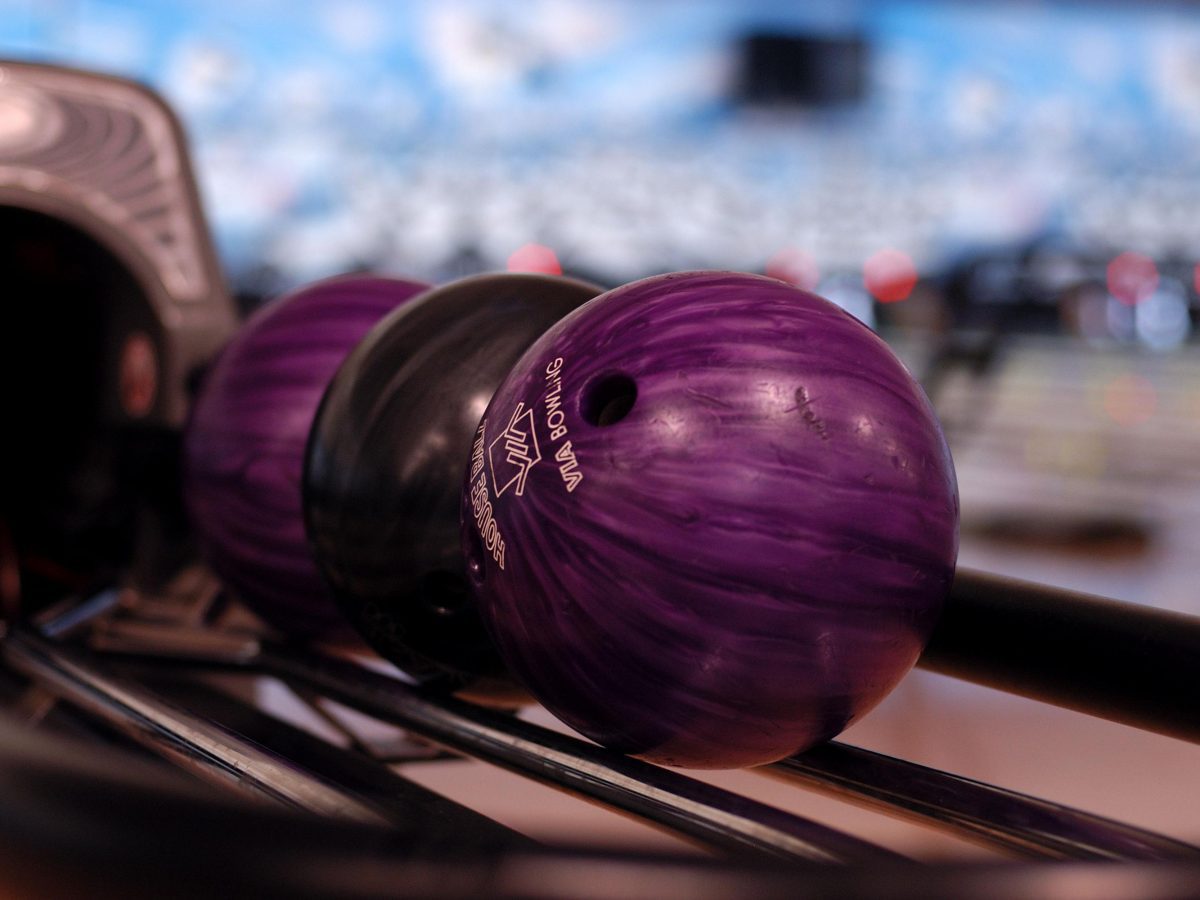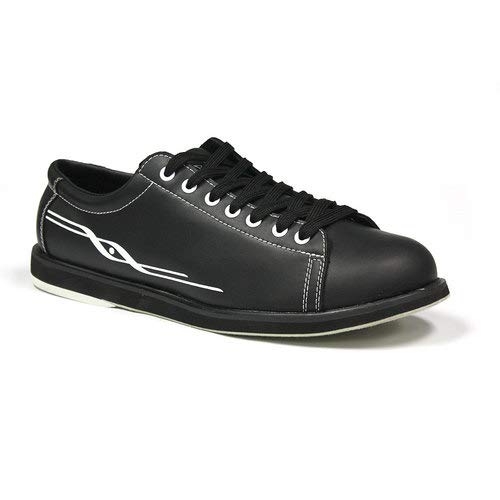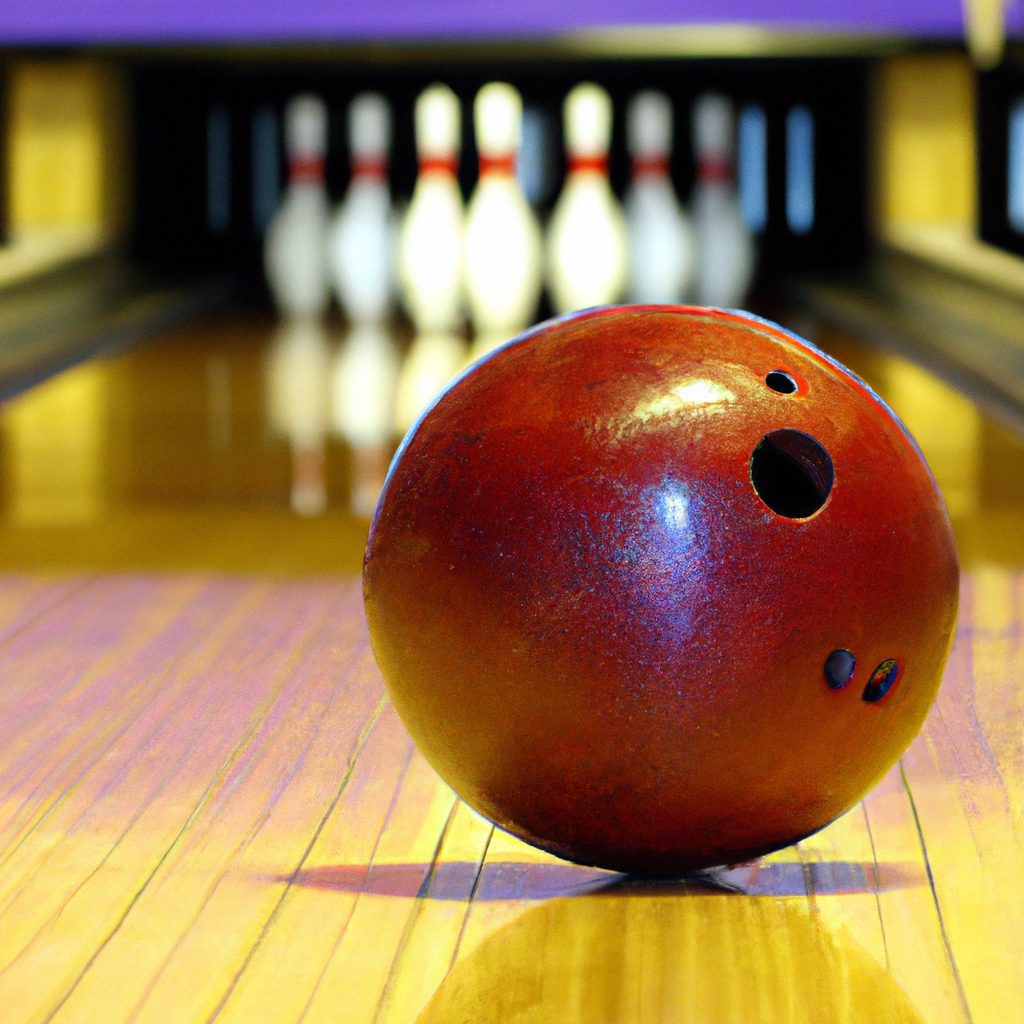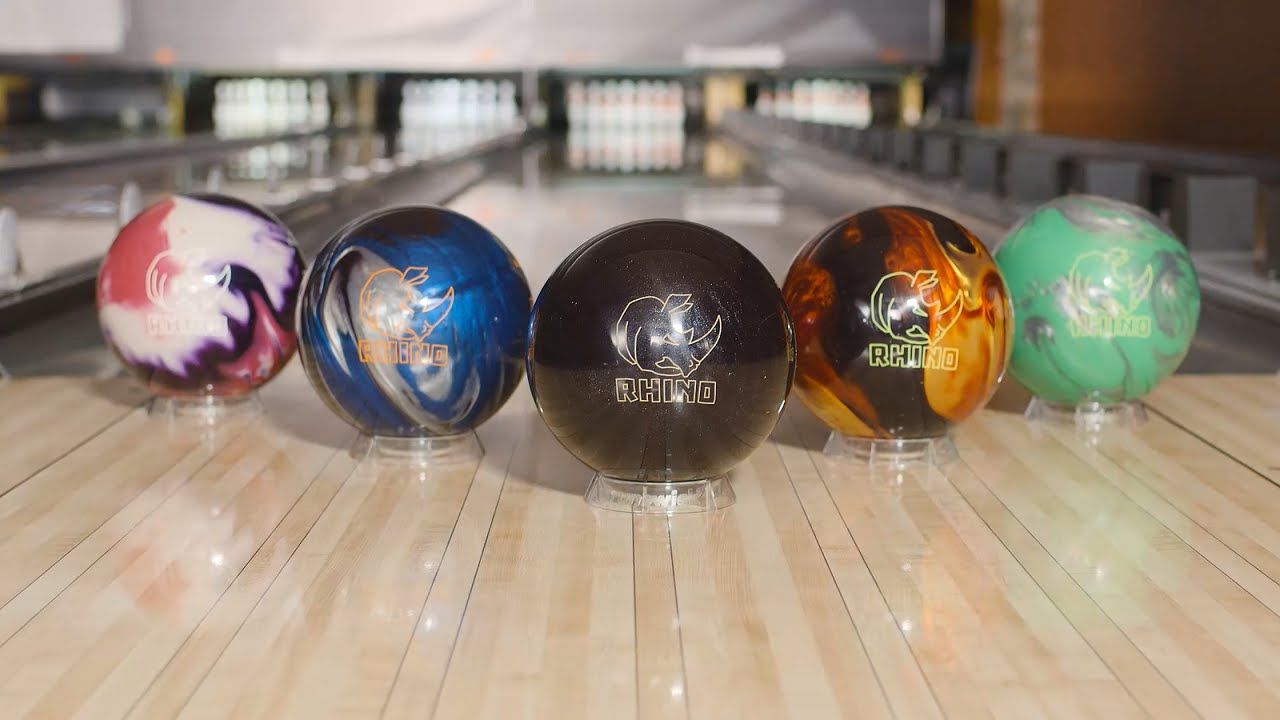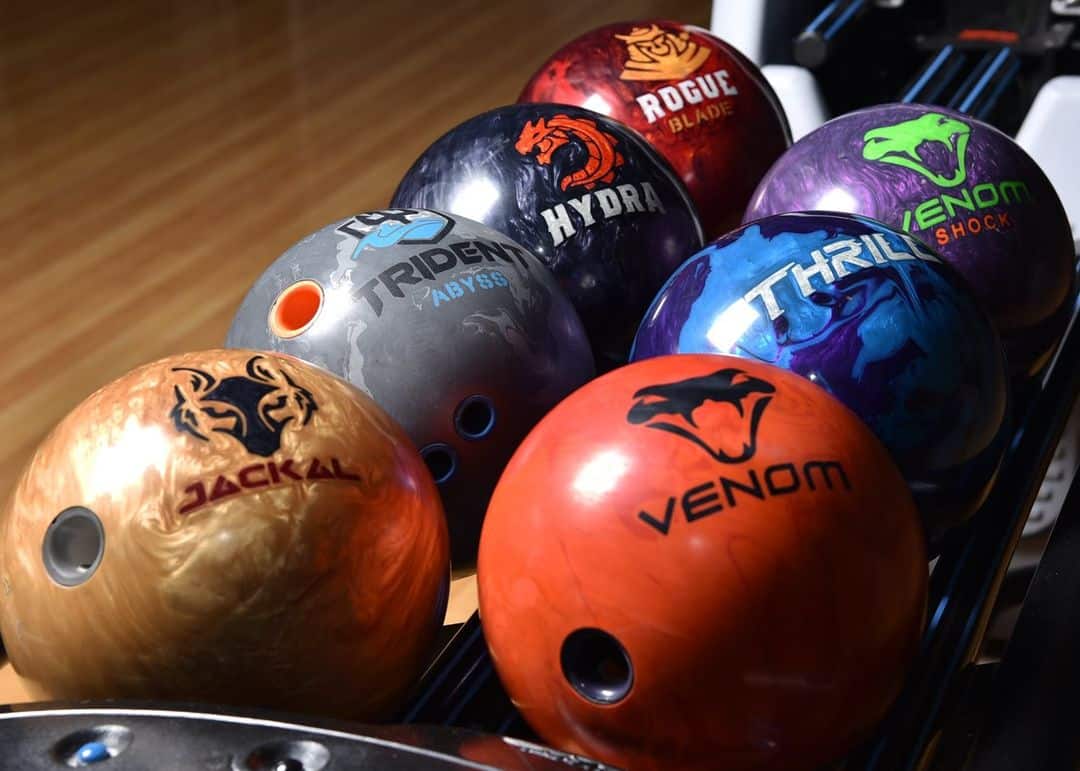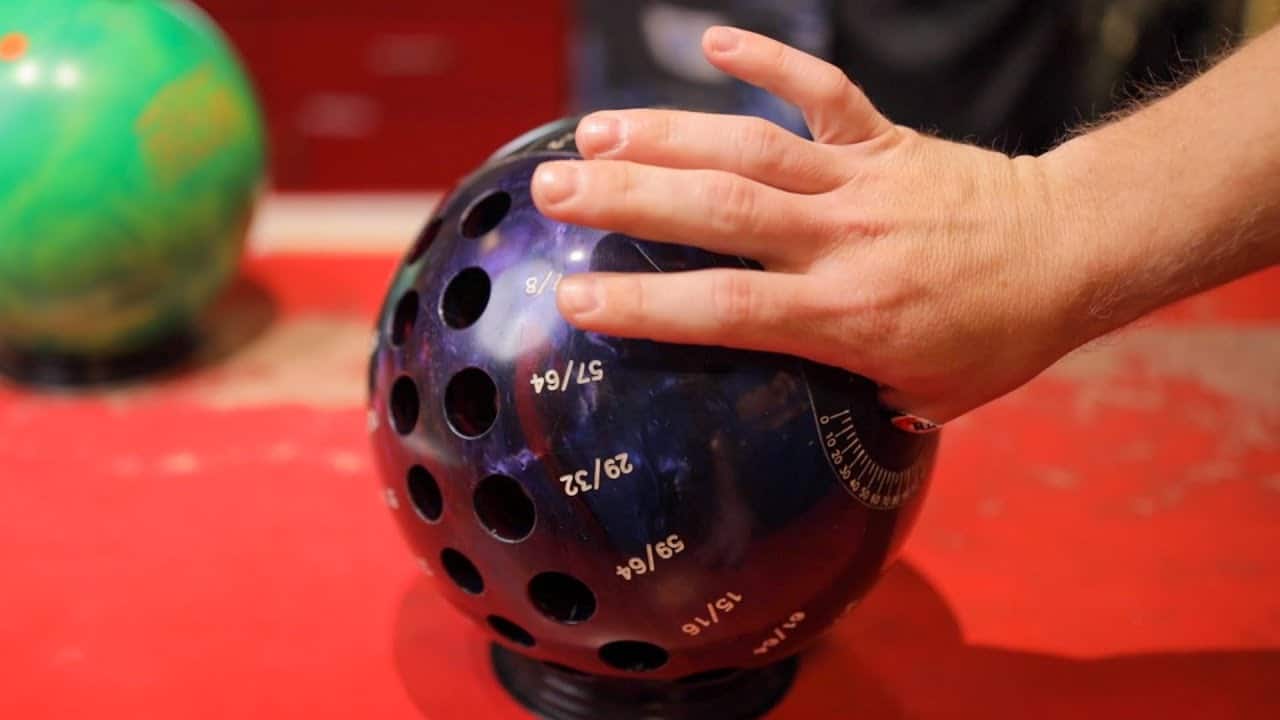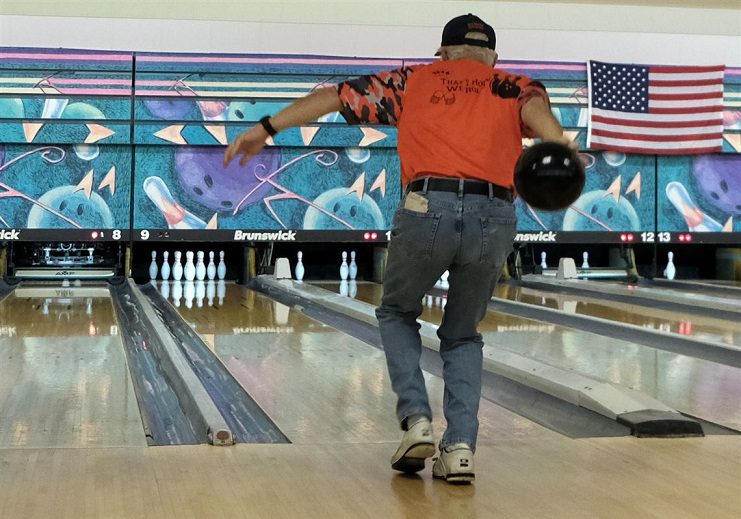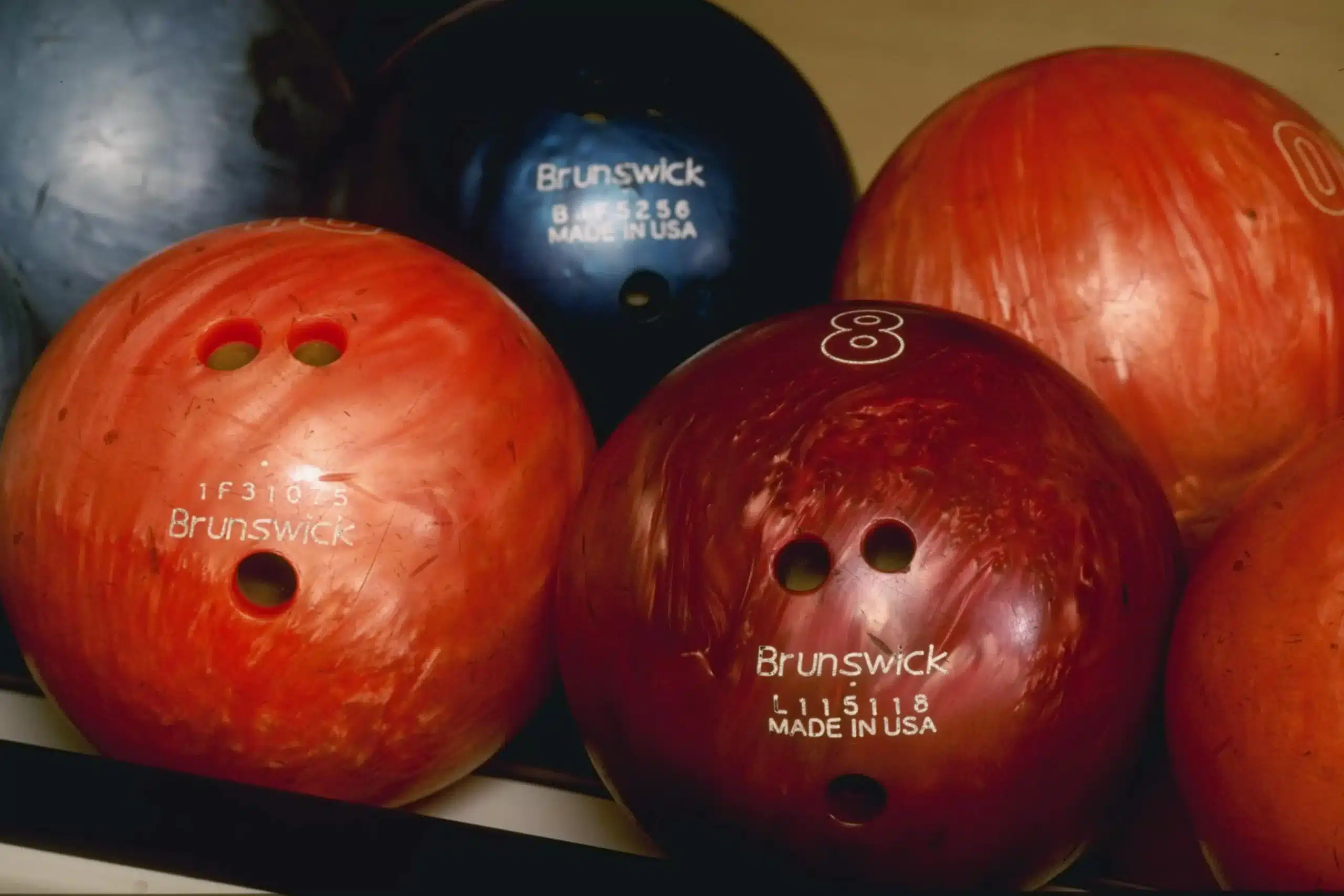Have you ever wondered how to achieve more lift on your bowling ball? We may have just the solution if you’ve struggled to get that perfect curve or hook. In this article, we’ll explore some techniques and tips that can help you generate more lift on your bowling ball, giving you greater control and consistency on the lanes. So, if you’re ready to take your bowling game to new heights, let’s get started!
This image is the property of getmorehook.com.
Review contents
Choosing the Right Weight
Understanding Ball Weight
The weight of a bowling ball plays a crucial role in achieving the desired lift. It is essential to understand that the ball’s weight directly affects its performance on the lane. Heavier balls generate more lift due to increased momentum but require more strength and control. On the other hand, lighter balls are easier to handle but may not generate as much lift. Finding the right balance is critical.
Determining the Right Weight
You should consider your physical strength and skill level to determine the right weight for your bowling ball. Beginners often benefit from starting with a lighter ball, such as 12 or 14 pounds. As you progress and build strength, you can gradually increase the weight to find the optimal balance between control and lift. It is essential to avoid selecting a ball that is too heavy, as it can lead to muscle strain and form issues.
Effect of Ball Weight on Lift
The weight of the bowling ball directly impacts the lift it can generate. When a heavier ball is released with proper technique, it creates more momentum, increasing lift. This lift allows the ball to hook and curve, providing a higher chance of striking the pins at an optimal angle. However, finding a weight you can comfortably handle is crucial to maintain control and avoid compromising accuracy and consistency.
Ball Surface and Coverstock
Understanding Ball Surface
The surface of a bowling ball also plays a significant role in generating lift. The ball surface determines traction on the lane and affects the amount of friction it encounters. A smoother surface produces less friction, resulting in a less aggressive hook, while a rougher surface increases friction and causes a sharper hook. Understanding the ball surface helps determine the desired level of lift and adapt to different lane conditions.
Different Types of Coverstocks
Coverstock refers to the outer layer of the bowling ball and has a profound effect on lift. Manufacturers offer various coverstocks, each designed to perform differently on different lane conditions. Reactive resin coverstocks are famous for their increased hook potential, while urethane coverstocks provide a controlled and smooth reaction. Hybrid coverstocks combine reactive resin and urethane characteristics, offering versatility in various oil patterns.
Considerations for Lift Enhancement
To enhance lift, selecting a coverstock that aligns with your desired ball motion is essential. A reactive resin coverstock with a rougher surface can help generate more lift if you aim for a stronger hook. On the other hand, if you want a controlled and predictable reaction, a smoother surface or urethane coverstock may be more suitable. Consider the lane conditions and your bowling style when choosing the coverstock to optimize lift and performance.
Grip and Release Technique
Finding the Right Grip
The grip on your bowling ball dramatically affects your ability to generate lift. Finding the correct grip involves achieving a balance between control and comfort. A proper fingertip grip allows your fingers to enter the ball up to the first knuckle and promotes better lift generation. This grip maximizes the surface area of your fingers in contact with the ball, resulting in increased friction and lift. Experiment with grip sizes and finger hole pitches to find your optimal grip.
Understanding the Release
The release is a crucial aspect of generating lift on a bowling ball. A smooth release with proper timing and follow-through is essential for optimal ball motion. As you approach the foul line, maintain a relaxed arm and wrist position. The release should be slightly behind or under the ball, allowing it to roll off your hand smoothly and generate lift. Avoid gripping the ball tightly, as it can hinder the release and reduce lift potential.
Utilizing Finger Rotation
One technique that can significantly enhance lift is finger rotation during the release. Applying a slight rotation or twist with your fingers can create additional axis tilt and revolutions, leading to increased lift. Experiment with different amounts of finger rotation to find the optimal amount that works for your style. Practicing this technique to develop consistency and control over the rotation for maximum lift potential is essential.
Bowling Ball Layout
Understanding Ball Layout
Ball layout refers to arranging a bowling ball’s finger holes and pin positions. It is crucial in determining the ball’s overall motion and lift potential. The layout affects the ball’s track flare, axis tilt, and axis rotation, all of which contribute to generating lift. Understanding ball layout helps bowlers optimize their movement and lift on different lane conditions.
Factors Affecting Ball Motion
Several factors influence ball motion, including pin placement, mass bias, and distance from the center of gravity (CG). Pin placement refers to the position of the pin about the finger holes and determines the ball’s overall length and backend reaction. Mass bias influences the ball’s flare potential and asymmetrical characteristics. The distance from the CG affects the ball’s track flare and axis tilt. These factors, when properly adjusted, can enhance lift potential.
Optimal Layout for Lift
To optimize lift, consider a layout that promotes increased track flare and angular motion while maintaining control. A layout with higher pin placement and mass bias position can help generate more hook potential and lift. Additionally, placing the pin closer to your positive axis point (PAP) can increase the ball’s flare potential and axis tilt, enhancing lift. Consult a professional ball driller to determine the optimal layout based on your style and desired lift.
This image is the property of i.ytimg.com.
Choosing the Right Finger Inserts
Importance of Finger Inserts
Finger inserts are essential for a bowling ball that provide comfort, grip, and control. They are vital in generating lift by facilitating a better fit and allowing for consistent release. Finger inserts can improve your release technique, reduce friction, and prevent blisters or discomfort. Choosing the right finger inserts ensures a secure grip, allowing you to generate maximum lift without compromising accuracy or comfort.
Selecting the Right Inserts
When selecting finger inserts, consider size, material, and texture. Inserts should be appropriately sized to fit your fingers comfortably, allowing for a snug grip without being overly tight. Different materials like silicone or urethane offer varying levels of grip and feel. Additionally, textured inserts enhance control and prevent slippage, further aiding lift generation. Experiment with different inserts to find the ones that best suit your needs and to improve your lift potential.
Effect on Lift and Control
The right finger inserts contribute significantly to lift generation and overall control over your bowling ball. They promote a consistent release by minimizing unnecessary grip tension and ensuring proper finger exit. With a secure and comfortable grip, you can focus on executing a smooth release, maximizing lift potential. Additionally, finger inserts reduce the risk of the ball slipping during the release, allowing for better accuracy and control on the lane.
Proper Wrist Positioning
Maintaining a Relaxed Wrist
Proper wrist positioning is crucial for generating lift and maintaining control over the ball. A relaxed wrist provides flexibility and allows for a smooth release, promoting consistent lift and accuracy. It is essential to avoid excessive tension in the wrist, as it can hinder the natural motion of the ball and reduce lift potential. Focus on maintaining a relaxed, neutral wrist position throughout your approach and release to optimize lift generation.
Optimal Wrist Positions
Two primary wrist positions can enhance lift: cupped and cocked. A cupped wrist position involves bending slightly backward, creating a cup shape. This position increases the ball’s rev rate and lift potential. The cocked wrist position, on the other hand, involves bending the wrist slightly forward, creating an angle. This position can enhance the ball’s rotation, increasing lift and hook potential. Experiment with both positions to find the one that works best for you.
Role in Generating Lift
Proper wrist positioning plays a significant role in generating lift on a bowling ball. A relaxed wrist allows for a natural rolling motion and increased axis tilt, enhancing lift potential. By maintaining a cupped or cocked position, the bowler can influence the ball’s revolutions, axis rotation, and track flare, contributing to lift generation. Practicing and developing consistency in wrist positioning is vital to consistently achieving the desired lane lift.
This image is the property of d2culxnxbccemt.cloudfront.net.
Strengthening Your Arm and Wrist
Importance of Strength
Strengthening your arm and wrist is essential for maximum lift and improving overall bowling performance. Stronger muscles provide better control and power, leading to increased lift potential. Strengthening exercises enhance your ability to release the ball effectively, help prevent injuries, and improve overall endurance. Regular conditioning of your arm and wrist muscles ensures optimal performance and maximizes lift potential.
Exercises for Arm and Wrist
Incorporating specific exercises into your training routine can help strengthen your arm and wrist muscles. Resistance training using dumbbells or resistance bands can improve forearm and wrist strength. Wrist and reverse wrist curls target the wrist flexors and extensors, enhancing stability and control. Additionally, wrist rotations and twists can improve flexibility and range of motion, enhancing lift potential. Consult a fitness professional to develop a personalized exercise program based on your needs.
Enhancing Lift through Conditioning
Regular strength training and conditioning of your arm and wrist muscles enhance lift on your bowling ball. Stronger muscles produce a more robust and controlled release, generating increased momentum and lift potential. The improved strength allows for a more consistent and repeatable motion, ensuring consistent lift on different lane conditions. Incorporate targeted exercises into your fitness routine to strengthen your arm and wrist, improving lift and overall performance.
Utilizing Ball Spin
Understanding Angular Momentum
Ball spin, also known as angular momentum, is a technique that can significantly enhance lift potential. By generating spin with your wrist action during the release, you add rotational force to the ball. This additional force increases its rotational speed and lift. Understanding the principles of angular momentum allows you to manipulate the ball’s motion, creating more lift and hook potential. Practicing and mastering this technique can significantly improve your overall performance on the lane.
Generating Spin with Wrist Action
To generate ball spin, focus on utilizing wrist action during the release. As the ball rolls off your hand, apply a slight twist or rotation with your fingers and wrist. This twisting motion imparts rotational force to the ball, increasing its spin rate and lift potential. Experiment with different amounts of wrist action to find the optimal level of spin that suits your style and achieves the desired lift. Regular practice is crucial to develop consistency and control over the spin.
Effect of Spin on Lift
Spin plays a vital role in lift generation. Increased spin rate translates to more revolutions, enhancing lift and hook potential. The spinning motion creates turbulent airflow around the ball, causing it to lift off the lane surface and curve towards the pins. This increased lift allows the ball to cover more boards and improve pin carry. Mastering the spin-generating technique can substantially improve your scoring potential and make your bowling ball more effective on various lane conditions.
This image is the property of images.bowl.com.
Adjusting Ball Speed
Understanding Ball Speed
Ball speed refers to the rate at which the bowling ball travels down the lane. Adjusting ball speed is a technique that can impact lift generation and overall ball performance. Faster ball speed reduces the interaction time between the ball and the lane, resulting in less friction and potential for lift. Slower ball speed allows for increased friction and generates more lift. Understanding the effects of ball speed helps bowlers adapt to different lane conditions and optimize lift potential.
Effect on Lift
Ball speed directly affects lift potential. A faster ball speed reduces the ball’s contact time with the lane, minimizing friction and lift generation. This can be advantageous on dry lanes with minimal oil or when facing drier lane conditions. Conversely, slowing the ball’s speed increases friction and allows for more lift. Slower ball speed is beneficial on oily lanes or when encountering slick lane conditions. Adapting and adjusting ball speed to the lane conditions can improve lift and overall ball motion.
Techniques for Speed Adjustment
To adjust ball speed, consider variations in your approach and release. Altering your steps and stride length can affect the ball’s timing and speed at the release point. Pay attention to the tempo of your approach; a faster or slower pace can impact ball speed. Modifying your arm swing and release speed can fine-tune the ball speed. Experimentation and practice are vital in making proper adjustments for different lane conditions to optimize lift and scoring potential.
Understanding Lane Conditions
Different Types of Oil Patterns
Lane conditions can vary significantly depending on the oil patterns applied. Oil patterns determine the friction level and affect the lane’s lift potential. Oil patterns, such as house patterns, sports shots, and challenge patterns, require different strategies to optimize lift and ball motion. Understanding the characteristics of various oil patterns helps make the necessary adjustments to generate maximum lift and improve overall performance.
Adapting to Lane Conditions
Bowlers must adjust their techniques and equipment to adapt to different lane conditions. Choosing a ball with a stronger coverstock and surface texture on heavier oil patterns can help generate lift despite the increased oil volume. On drier or broken-down lanes, balls with smooth surfaces or urethane coverstocks can create ample friction and enhance lift potential. Adapting your line and target points based on the oil patterns allows for better execution and maximizes lift potential.
Optimizing Lift on Various Lanes
To optimize lift on various lane conditions, consider combining multiple techniques discussed earlier. Adjusting ball weight, surface, grip, release, spin, speed, and wrist position can generate maximum lift potential. Experiment with different combinations and observe how they interact with the lane conditions. Practicing and developing consistency with the adjusted techniques is essential to ensure reliable and effective lift on different lane conditions.
In conclusion, generating more lift on your bowling ball requires a combination of factors. Selecting the right weight, understanding ball surface and coverstock options, fine-tuning your grip and release technique, optimizing ball layout, choosing suitable finger inserts, maintaining proper wrist positioning, strengthening your arm and wrist, utilizing ball spin, adjusting ball speed, and adapting to various lane conditions are all crucial elements in achieving desired lift. Practice, experimentation, and consistency are vital to developing your abilities and maximizing lift potential. With patience and dedication, you can improve your lift, increase pin carry, and elevate your overall performance on the bowling lanes.
This image is the property of d2culxnxbccemt.cloudfront.net.

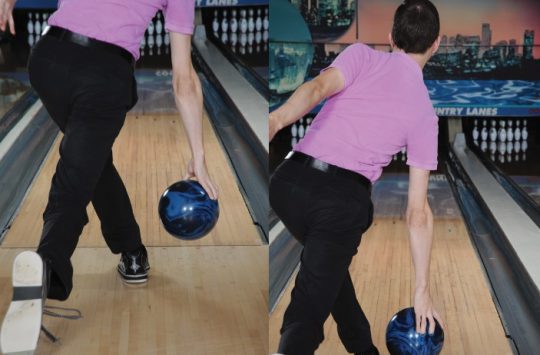







![Spare bowling ball Top 10 in 2024. (reviews) Top 10 Best Spare Bowling Balls [2021 Reviewed]](http://landofbowling.com/wp-content/uploads/2021/07/Top-10-Best-Spare-Bowling-Balls-2021-Reviewed.jpg)






